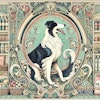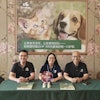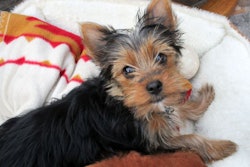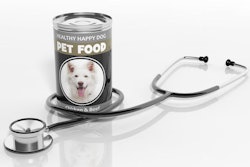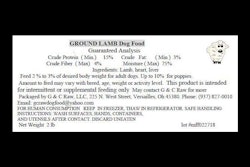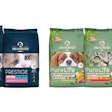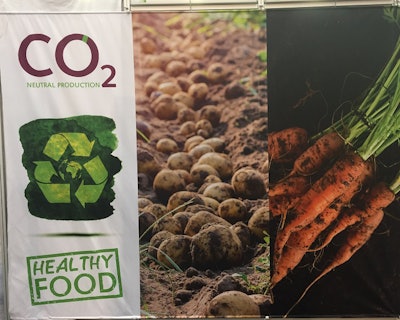
Environmental sustainability has become an important trend in dog, cat and other foods. With that trend comes consumer demand for recyclable pet food containers. However in the report “Pet Products Packaging Innovation,” Packaged Facts analysts noted that a certain growing trend in pet food packaging conflicts with the ability to recycle pet food containers. Specifically, transparent windows in pet food containers have become popular, but these panels make recycling difficult.
In a Packaged Facts survey, 61 percent of U.S. adults reported always recycling their food and beverage containers in 2017. That statistic increased from 50 percent in 2015. Like many other consumers demands in the human food industry, dog, cat and other pet owners increasingly want to recycle their pet food bags too.
Many paper pet food bags can be recycled, and paper bags remain the largest segment of the dry pet food packaging market. However, when those paper bags have clear plastic windows, they become difficult and inconvenient to recycle.
“It has always been virtually impossible to have transparent packaging that was both recyclable and had the moisture and oxygen barrier properties necessary to store pet foods and treats properly,” wrote Packaged Facts analysts.
Packaged Facts Analysts considered these see-through windows a major trend in the pet product packaging market, especially for pet treats. Yet, only 14 percent of pet owners considered transparent windows to be important when buying pet treats.
Paper bags top pet food packaging in 2017, plastic grew
Packaged Facts pet food industry analysts concluded that the pet product packaging market reached US$3.6 billion in 2017, led by paper bags for dry kibble. Pet food and treat packaging, which made up 86 percent of sales, accounted for the majority of that market. Packaged Facts published their observations of the pet food packaging market in their report “Pet Product Packaging Innovation.”
Dry pet food packaging was the largest portion of the total with 31 percent of the market. Bags account for 80 percent of dry pet food packaging sales. Pouches have grown in popularity for dry kibble. Pouches offer a sense of luxury for premium pet foods, according to Packaged Facts analysts. While paper bags are the most common material at 60 percent market share, plastic is rising in popularity.
“Use of plastic for dry food applications approaches that of paper in terms of value, and will likely overtake paper by value over the next five years because of its increased use for premium and super premium pet food brands,” wrote Packaged Facts analysts in the report’s executive summary.
Wet pet food packaging accounted for 28 percent of the market. Pet treat containers made up 27 percent of the pet food packaging market. Cans were the most common form of wet pet food packaging. Pouches were the second most common style. Plastic trays have been slowly growing in market share. Plastic tubs and cartons have become more common, especially for use with raw and refrigerated pet foods.

